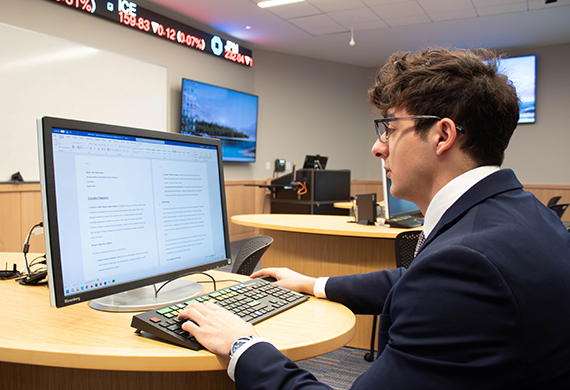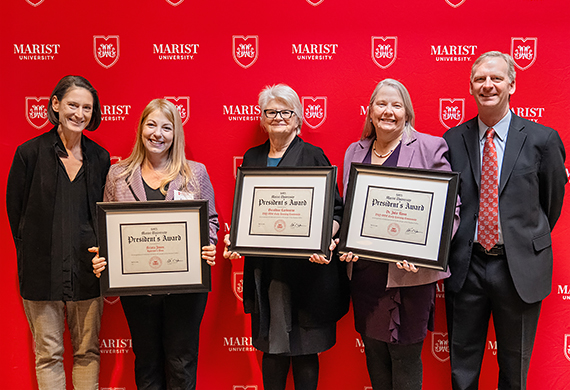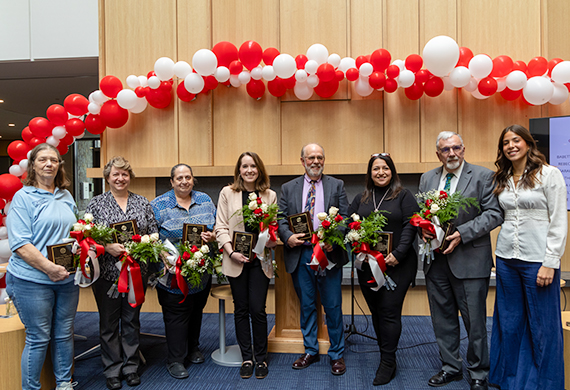Something’s Brewing: Chemistry Professor Receives Grant to Study Malting Process

August 15, 2018 — With the growing interest in craft beer, it’s no wonder chemistry professor Dr. Neil Fitzgerald has received a grant from the American Society of Brewing Chemists Research Council (ASBC) to study the process of barley malting. Malted barley is the primary flavor ingredient in beer and whiskey, and the timing is perfect: beer making is a rapidly growing industry in New York State, particularly since Governor Andrew Cuomo’s Craft Act went into effect in 2014. Today there are over 400 craft beverage businesses in New York—including more than 100 in the Hudson Valley. Fitzgerald was one of just four ASBC grant recipients this year.
Malting barley is complex. “The process of malting involves tricking the barley into germinating by recreating spring-like conditions,” Fitzgerald explained. During germination, enzymes reduce starch into maltose and other sugars that can be fermented. After germination, the grain is heated in a kiln at varying conditions depending on the style of beer a brewer wants to make. “A pilsner will be lightly roasted while a stout will contain some dark roasted malt, which has a different flavor and color,” said Fitzgerald.

Fitzgerald has multiple research goals for this project. “We hope to develop methods to learn more about the chemistry during the kilning stage as it is occurs by analyzing the aroma compounds,” he explained. “We also hope to look at the volatile chemicals produced when barley is contaminated with fungi to see if we can identify contaminated grain earlier in the process and reduce costs for the maltster.”
The grant will support a Marist undergraduate student to assist with research over the winter and summer months, in addition to providing supplies and travel funds. Fitzgerald also plans to work closely with Hudson Valley Malt in Germantown, New York. “New laws require an increasing percentage of New York ingredients, up 90% by 2024, in order for beer to be labeled as a New York State beer, so we are likely to see an increase in hop farms and malting houses,” noted Fitzgerald. “This grant offers a key way for Marist to support these local industries, while also creating an opportunity for undergraduate research.”



